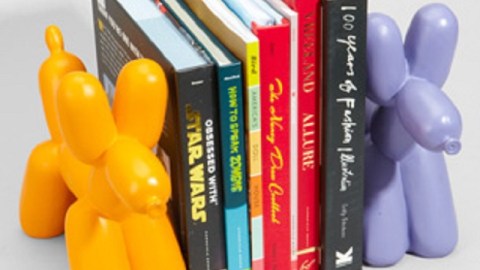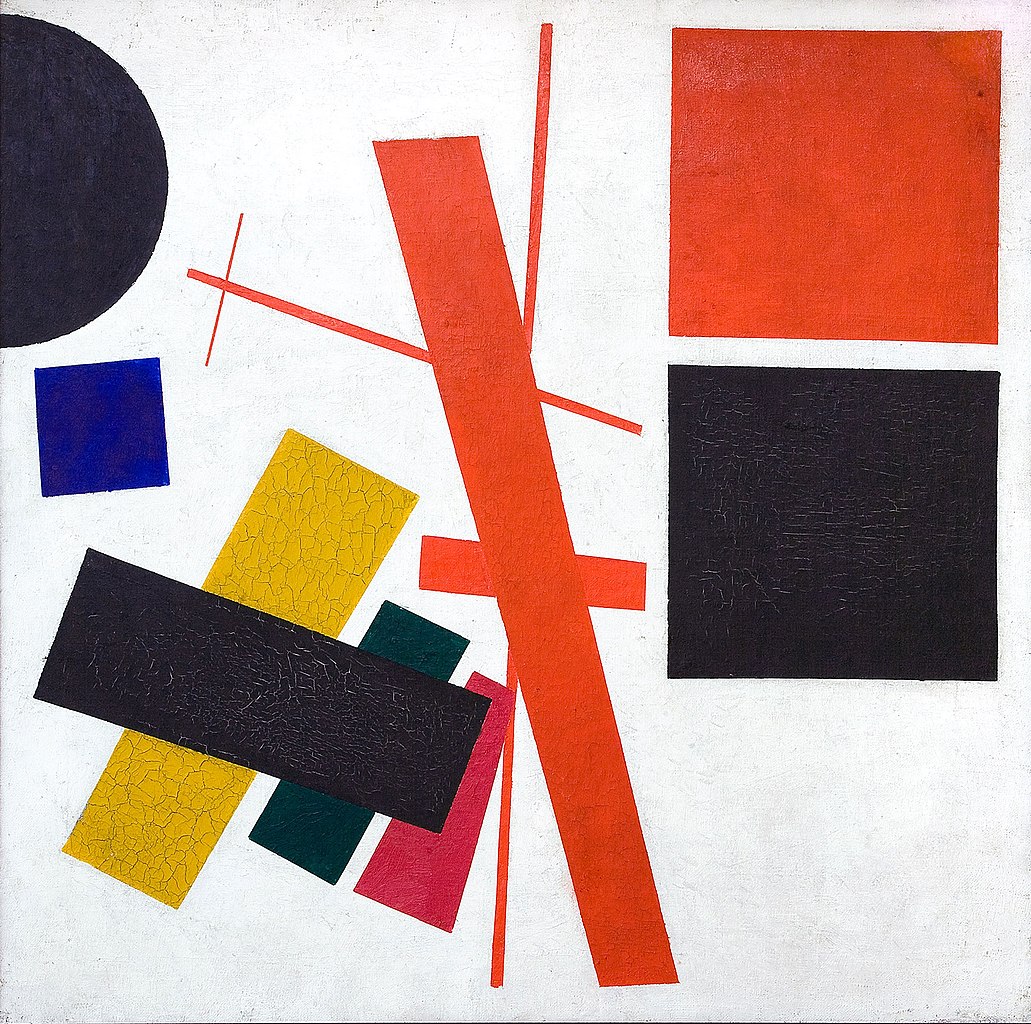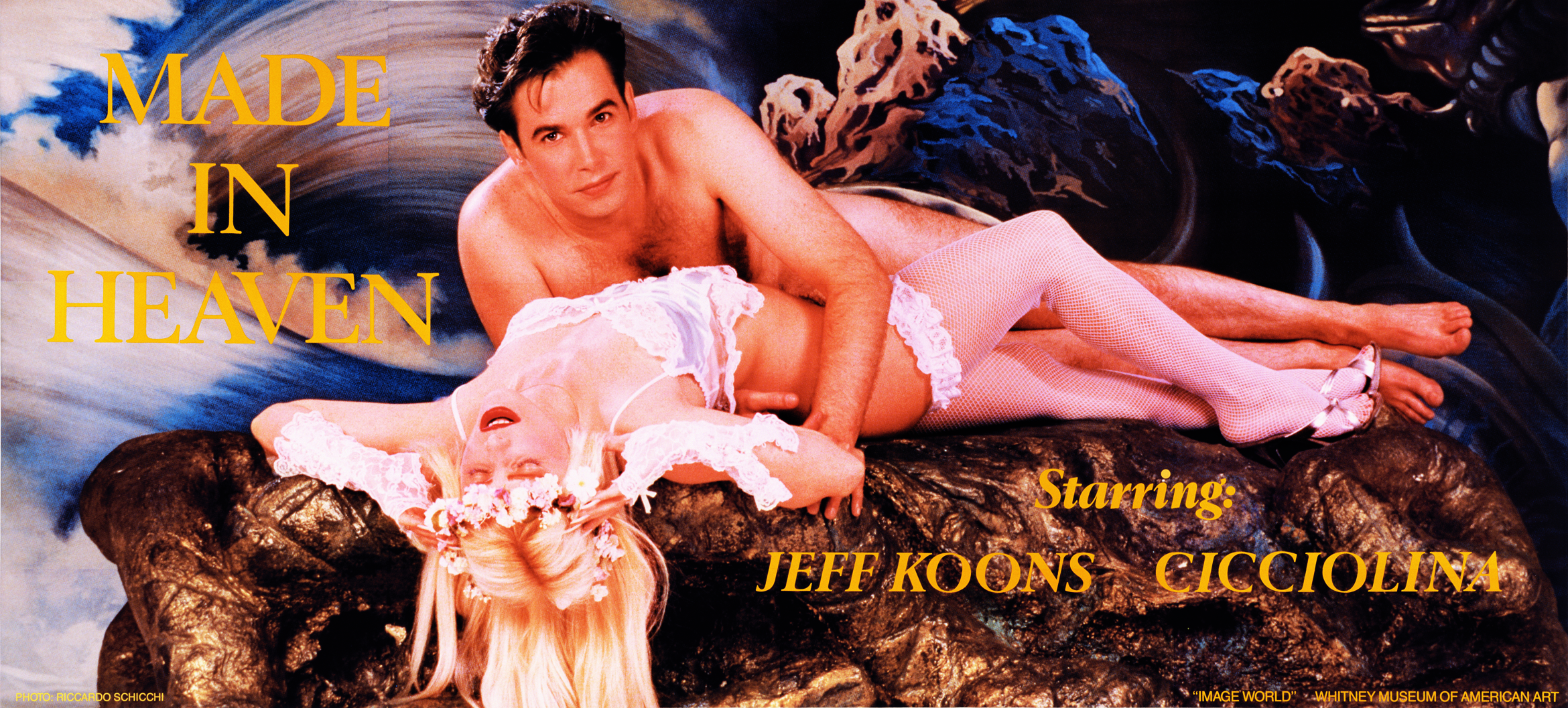Fine Arf: Jeff Koons’ Ballooning Ego Bursts

Just when you think artist/charlatan Jeff Koons reaches the nadir of respectability/believability, he digs just a little deeper. As an early Christmas gift, Koons instructed his lawyers to issue a “cease and desist” letter to Park Life Gallery in San Francisco. Koons insisted that they discontinue selling “balloon dog” bookends (the offenders appear above) because he “owned” the idea of balloon dogs as art thanks to his earlier enlarged metallic balloon dog sculptures. Yes, balloon dogs—standard repertoire of children’s party magicians and core curriculum of clown colleges everywhere—are now the intellectual property of Jeff Koons, or at least he claims. Koons takes fine arf, er, art to an absurd extreme and threatens finally to burst the massive hot air balloon of his own, overgrown ego.
Almost everything in Koons’ oeuvre is based on the appropriation of images. Even the idea of appropriation is appropriated from Marcel Duchamp. If only Duchamp had claimed that his 1917 sculpture Fountain gave him title to every loo in civilization, he’d have been flush with cash for the rest of his life. Of course, even the father of Dada and Surrealism knew when to draw the line before things got ridiculous. Koons isn’t even able to claim that he sculpted his balloon dog sculptures himself, as he simply conceives the ideas for his artwork and then outsources the actual manufacture to actual artists. When Sol LeWitt sold instructions to museums for how to carry out his designs, I bought that as the apex of Conceptual art and Minimalism. When Koons does the same thing, it just seems like laziness to me.
It’s interesting that this legal action comes to light around the same time that The Salvador Dali Museum in St. Petersburg, Florida, finally opened its doors. Koons carries on the sad legacy of the late Dali in spades. Perhaps no other great artist had such a prolonged, fallow endgame as Salvador Dali. Dali did almost all of his best work before World War II, and then spent almost a half century afterwards making people forget it in a swamp of desperate antics and cries for attention. Perhaps what made Dali’s slow-motion descent so prolonged, aside from his personal longevity, was the fact that he had once been so great. It was like watching a balloon slowly leak over 50 years, which is possible if the balloon once was a float in the parade of modern art. (The new museum might help clear the bad taste that much of Dali’s bad taste years left behind.) Koons’ career is much more like the balloon dogs he claims to own—a thin, meager thing. This lawsuit seems sounds like a real-life lapdog yipping at the heels of the art world in search of attention. Or it’s the whining sound of a balloon leaking air quickly—perhaps the swan song of Koons’ career as he lapses into the obscurity he so justly deserves, once the derision fades away.
[Many thanks to Roy, my Left Coast source for art news, for bringing this story to my attention.]




